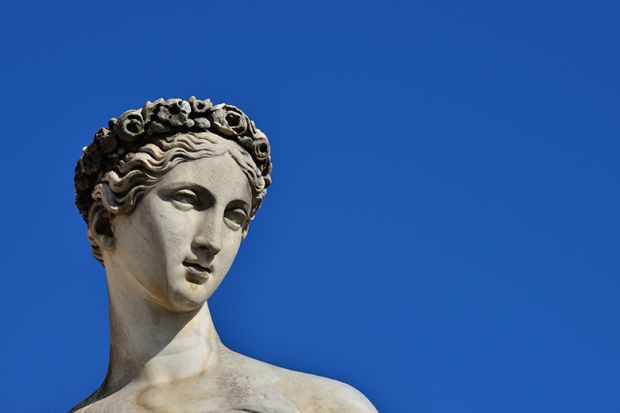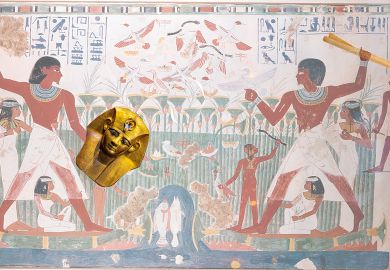Women often play a prominent role in monarchic regimes. The reason is simple: unlike elected representatives, kings and emperors need heirs. In the history of ancient Rome, women became key political players only after the end of the Roman republic, and only via their family connections as imperial daughters, wives and, especially, mothers.
In 27 BCE, Julius Caesar’s adoptive son, Octavian, became the first emperor of Rome under the vague title of “Augustus”. He led a revolution that posed as a return to the old republican regime. The manoeuvre involved, among other things, a great show of morality: he oversaw legislation intended to punish adultery, strengthen the institution of marriage and support the begetting of many sons. He himself, however, fell rather short of those aspirations: despite marrying three times, he fathered only one daughter, Julia, whom he later banished to a small island on the strength of his own laws against adultery. She died of malnutrition some 12 years later.
It was Augustus’ third wife, Livia, who provided an heir: Tiberius, her son by a previous marriage, became the next emperor, but showed little gratitude to his mother. As Guy de la Bédoyère points out, the most remarkable fact about the first five Roman emperors (known as “the Julio-Claudians”) is that not one of them was succeeded by his son. For this reason, ancient writers pay great attention to the imperial women who, one way or another, ensured dynastic succession. Their accounts are riveting, but hardly reliable. We are told, for example, that Agrippina the Younger stopped at nothing to promote and please her son Nero: she even offered herself for incestuous sex. After he became emperor, he had her murdered.
De la Bédoyère tries hard to free his narrative from the echoes of ancient malicious rumour – and, as a result, his account can be dull, despite his subject matter. He pays attention to material evidence, but there is only so much we can learn from coins. As for the ancient written sources, sometimes he trusts them and sometimes not – without clear rationale. De la Bédoyère approves of Livia, the only imperial mother who managed to stay free of sexual scandal and die a natural death, so he doubts reports that she had a few people murdered in her time. He dislikes Agrippina, so repeats ancient accounts without too much editing: although, in his view, Tacitus’ description of her “borders on a virulent piece of misogynistic fiction”, it is nevertheless, somehow, “surely founded in truth”. We know that Agrippina wrote an autobiography: it would be interesting to know how she portrayed herself, but it has not been handed down to posterity.
More worrying than de la Bédoyère’s inconsistent approach to the ancient sources, though, is his suggestion that imperial wives and mothers were like Augustus – actually in power while pretending not to be. Sexual scandals involving powerful people always attract interest, as the most recent appointment to the US Supreme Court demonstrates. This does not mean that they entail a transfer of power from men to women. Augustus ruled. The most prominent women in his dynasty were humiliated, beaten, exiled, often murdered and occasionally starved to death.
Barbara Graziosi is professor of Classics at Princeton University.
Domina: The Women Who Made Imperial Rome
By Guy de la Bédoyère
Yale University Press 408pp, £25.00
ISBN 9780300230307
Published 25 September 2018
POSTSCRIPT:
Print headline: Behind every great emperor?
Register to continue
Why register?
- Registration is free and only takes a moment
- Once registered, you can read 3 articles a month
- Sign up for our newsletter
Subscribe
Or subscribe for unlimited access to:
- Unlimited access to news, views, insights & reviews
- Digital editions
- Digital access to THE’s university and college rankings analysis
Already registered or a current subscriber?







